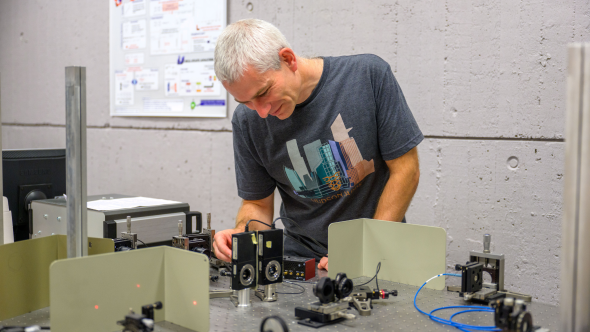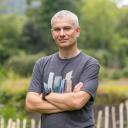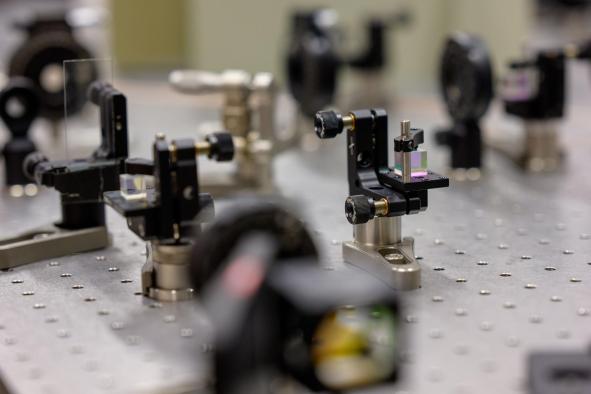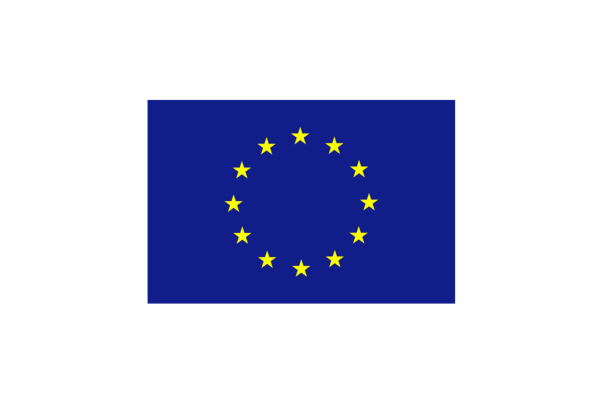To succeed, Artémis relies on the expertise of 10 European institutions, and a budget of over 3 million euros. Yves Caudano, as a quantum physicist, is particularly involved in the quantum characterization of photons. "We will create experiments to ensure that molecules do indeed emit single photons", he states. "Then we'll look at the photon pairs emitted, to determine all their characteristics."
These measurements are a crucial aspect of the project, as they are what will show that photon sources are reliable, and usable by technological systems outside a laboratory. But as with everything to do with quantum physics, the difficulties here are singular. "In classical physics, the system we are studying is independent of its observer", he explains. "Or, in quantum mechanics, any measurement also destroys the state we seek to observe."
So we'll have to be cunning. Yet Yves Caudano is precisely a specialist in what are known as weak measurements, capable of only slightly disturbing the system under study. They must, however, be carried out a large number of times to obtain usable information. "Thanks to a new technique, we've found that these weak measurements also enable us to amplify extremely weak phenomena, which we couldn't see before. This will be extremely useful to us in the design of quantum experiment protocols intended to show the efficiency of light sources."
The project, which will run until 2027, is still in its early stages, and the first molecules are only just emerging from the laboratories. Considered a high-risk project, it should enable the EU to become a leader in the quantum computer race.
Thibaut Grandjean




